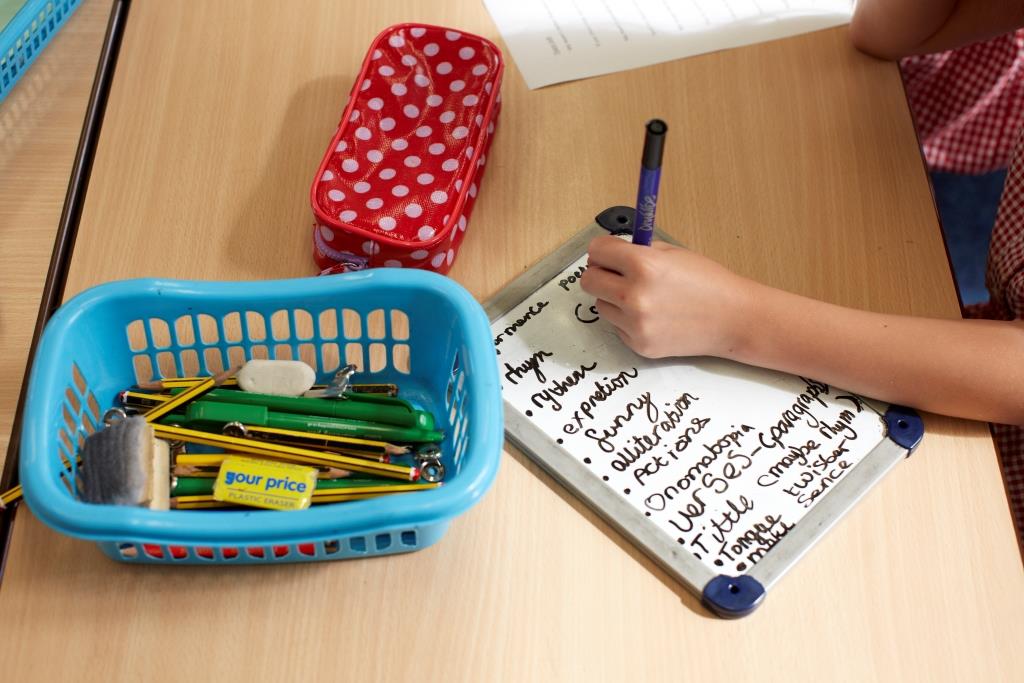“Tread softly, because you tread on my dreams.” (Keats)
Teaching, by definition, is an activity that is observed, (McMahon, Barrett and O’Neill,2007), and during my career as an initial teacher educator and CELTA trainer I have probably observed literally thousands of hours of teaching practice. Teaching is inherently a very personal activity, since classroom decisions are informed by personal values and beliefs. Being observed, therefore, can feel like you are having your soul laid bare, and it can be hard not to take any perceived criticism personally. For trainee teachers this sense of weighing up their self-worth is heightened by the need to prove themselves to their tutor, mentor and students. Whilst it is therefore a privilege to be invited into the classroom to observe someone’s practice, it is one which brings with it tensions, challenges, and enormous responsibility.
In my experience, although trainees say that they find observed teaching practice the most stressful component of their ITE programme, it is often the one they find the most useful. Facilitated by the post-observation feedback discussion, it is the meeting point of theoretical knowledge acquired through input sessions and independent study, and experiential knowledge gained through reflection on practice. It is where they develop their self-awareness and uncover the values and assumptions they bring to their practice; and as their confidence grows, it is where they learn to challenge and transform their practice. It is where we, as teacher educators, can see if we are making a difference.
I am fascinated by how people learn, and observing teaching provides me with the time and space to talk about teaching and learning, and how people learn. Whilst for many teachers this is an activity that is becoming increasingly rare in the current climate of cuts in the name of increased efficiencies, for teacher educators it’s a requirement of our role. The benefits of this are manifold; we pick up new ideas; we learn things about our own practice through watching other people teach; we rediscover tacit knowledge, and remember how we learnt it, but this time with the benefit of hindsight. Seeing what others do triggers new ideas about things we might want to consider; and then there’s the myriad of different ways to conceptualise and engage students – and all the different ways in which students engage with things, and the different things they choose to engage with, some of which are unplanned and unexpected.
I thrive on the synergy created by the post-observation discussion when it is truly dialogical, and trainer and trainee bounce ideas off each other that snowball into ever bigger and better ones, proving that two heads can be more than twice as good as one. I derive immense satisfaction from the times a trainee poses questions that they work through and manage to answer themselves during this discussion, or when they tell me 95% of what I was going to tell them – plus aspects I hadn’t noticed myself.
Perhaps best of all, though, is when we see activities we have modelled during input sessions that they have taken and reinvented for their own teaching context. They say that imitation is the highest form of flattery, but how much more flattering when the imitation incorporates thoughtful modification; that’s when you can see that they are on their way to becoming the autonomous, reflective practitioners you have been training them to be. That’s when you know you are beginning to make a difference.
The tension arises when, knowing the pressures they will face in the punitive performativity culture of their future workplace, you encourage them to take risks and develop the confidence to experiment with new approaches in their teaching, since this is how they will learn. With you there will be a professional discussion afterwards to support development; in their workplace innovation that doesn’t work may be a blot on their professional copy book that leads to capability. I sometimes question the honesty of training them to think outside the box when the stakes are so high. Likewise, you are simultaneously their tutor and the gatekeeper to their chosen profession; they trust you to prepare them for it, and the teaching world trusts you to produce teachers who are capable and resilient. But what do you do when, knowing how much of themselves they have invested in a lesson, you need to tell them that the lesson needs significant reworking, or activities didn’t appear to promote learning? How do you balance the requirement to give an honest appraisal of the lesson, identifying what will have the biggest impact on their practice, with the need to support and encourage them, and avoid overwhelming or crushing them? The biggest tensions arise when supporting trainees who perceive any negative feedback as an indictment of self. These trainees often have the most to learn, and can be the most frustrating; yet they can also be the most rewarding, as they are the trainees we can learn most from.
There is little that compares with seeing the excitement and confidence of a trainee after a lesson that’s gone well, or the feeling you get when a trainee turns round and says ‘Thank you, you’ve helped me fulfil my dream of becoming a teacher’. That’s when you know you’ve managed to “tread softly”; that’s when you know they’ve trained you well.
McMahon, Barrett and O’Neill (2007) ‘Using observation of teaching to improve quality: finding your way through the muddle of competing conceptions, confusion of practice and mutually exclusive intentions’. Teaching in Higher Education, 12 (4) pp.499 – 511
Sarah Boodt is a Senior Lecturer in the Department of Teacher Education

Leave a Reply